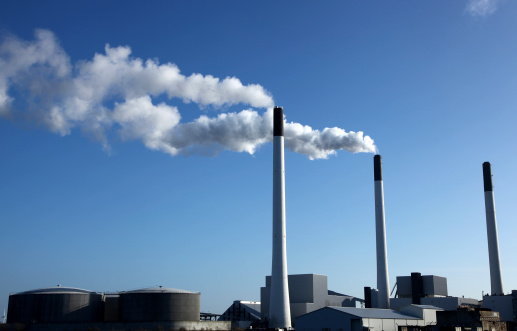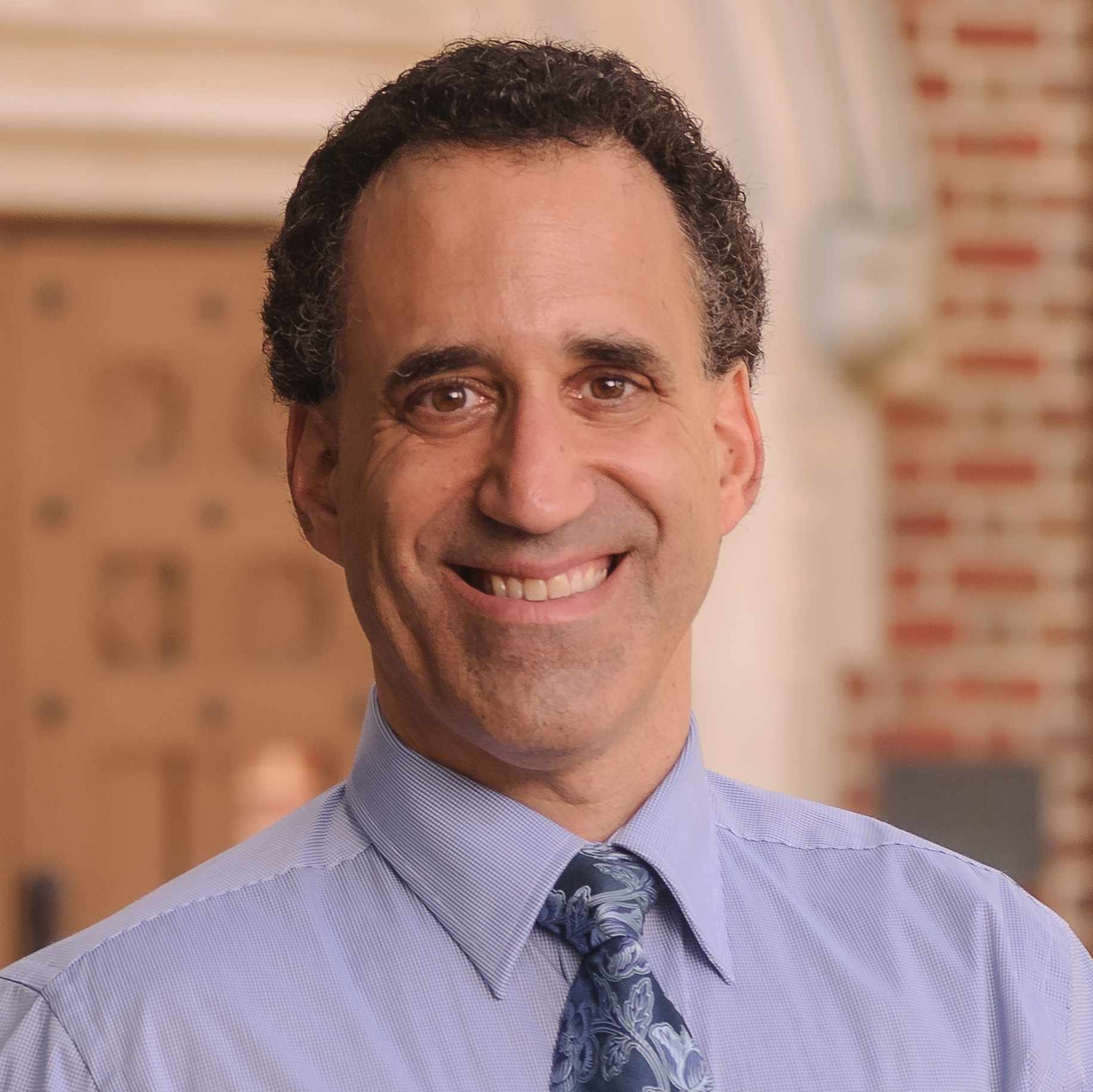
An invalidated agency order aimed at updating the power industry is seeking new life.
A recently invalidated Federal Energy Regulatory Commission (FERC) order regarding demand response resources may be heading toward possible resuscitation in the Supreme Court.
Demand response refers to a reduction in expected electricity use in reaction to either a higher price or an incentive payment. FERC’s Order 745 had required demand response resources in organized wholesale electricity markets to be compensated at the same rate that electric power suppliers receive for selling electricity. But last May, a federal appeals court in Washington, D.C., invalidated FERC’s order, holding that it exceeds FERC’s jurisdiction over wholesale electricity markets under the Federal Power Act. The court reasoned that, because demand response involves decisions by end users regarding their energy use, it is inherently “part of the retail market” and outside of FERC’s regulatory purview.
The Solicitor General has now filed a petition asking the U.S. Supreme Court to review the lower court’s invalidation of FERC’s Order 745. The government argues that Order 745 falls within FERC’s jurisdiction because the demand response transactions it regulates occur in the same wholesale—not retail—markets in which electricity is sold by electric power suppliers. The Solicitor General’s petition further notes concern that the lower court decision “appears to bar FERC from regulating any aspect of demand-response participation in the wholesale markets.” According to the petition, reduced demand response participation, which may be a result of the lower court’s decision, would have broad debilitating effects on the wholesale electricity markets.
Should the Supreme Court eventually decide to take this case, one signal about its ultimate inclination on the merits may be forthcoming in a case called, ONEOK v. Learjet, which was argued before the Supreme Court last week. In ONEOK, the central issue is whether the Federal Power Act or state antitrust laws govern the activities of natural gas traders who manipulated the market for gas during the 2000-01 California electricity crisis.
In that case, the lower court rejected the contention that the Natural Gas Act’s provision granting FERC the authority to regulate a “practice . . . affecting such rate” empowered the commission also to regulate the traders. If the Supreme Court in ONEOK reverses the lower court on the basis of a federal law already occupying that field of law and preempting the state laws, that may signal a potential reversal in the demand response case, should the court grant the government’s appeal. At the very least, it would highlight the shortcomings of the lower court’s analysis in the Order 745 case.
The national importance of Order 745 can hardly be overstated. Demand response is part of a broader set of changes transforming the electric power industry, some of which are already occurring and some of which are on the horizon. Technical and economic innovations, supported in many cases by FERC policies, have moved the electric power industry away from vertically integrated monopolies and toward the development of smaller, less centralized power services. Some of these power services comprise what has become known as the Smart Grid – “a radically upgraded national electric network” that offers consumers “dramatic new ways to make, use, and conserve electricity.”
Many participants in the electric power industry will benefit from these developments and have supported demand response and Order 745. Wholesale market operators understand that allowing demand response to participate in wholesale power markets increases competition and grid reliability. Consumer advocates understand that demand response can help to keep electricity prices low. Environmentalists understand that demand response can increase energy efficiency and reduce pollutant emissions.
The primary opponents of Order 745 are interests affiliated with electric power generators that face increased competition when demand response participates in the wholesale power market. In the aftermath of the appellate court decision, opponents have filed petitions with FERC to invalidate the inclusion of demand response resources in two regional “capacity” auctions – that is, proceedings to ensure that regional grids have enough power capacity in the future to meet demand.
Order 745 involved compensation for energy, making demand response a substitute for delivered electricity. However, petitioners in the FERC filings argue that any role for demand response in the wholesale markets must be within the states’ regulatory authority. This extension of the lower court’s reasoning, if upheld, would seriously challenge the ability of regional grids to meet future needs.
Order 745 is one of several innovative policies FERC has promulgated in recent years to support the development of an electric power industry for the 21st century. Like Order 745, some of those other policies are facing legal challenges. A favorable decision from the Supreme Court upholding Order 745 would affirm FERC’s flexibility to help electricity markets realize the benefits that these policies can confer. Fortunately, there is reason to believe that it will see the case differently than did the lower court.





